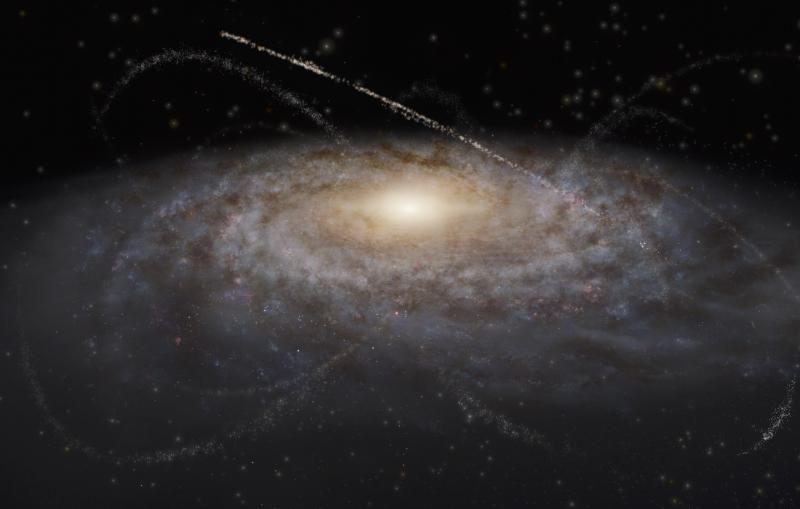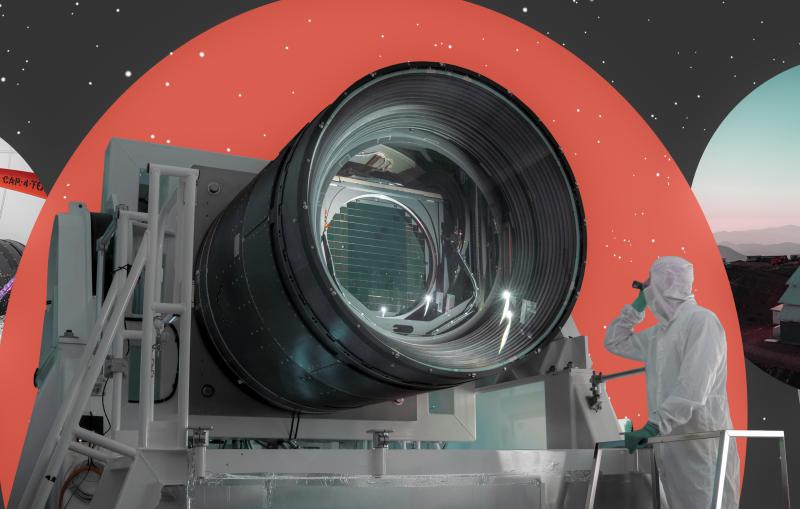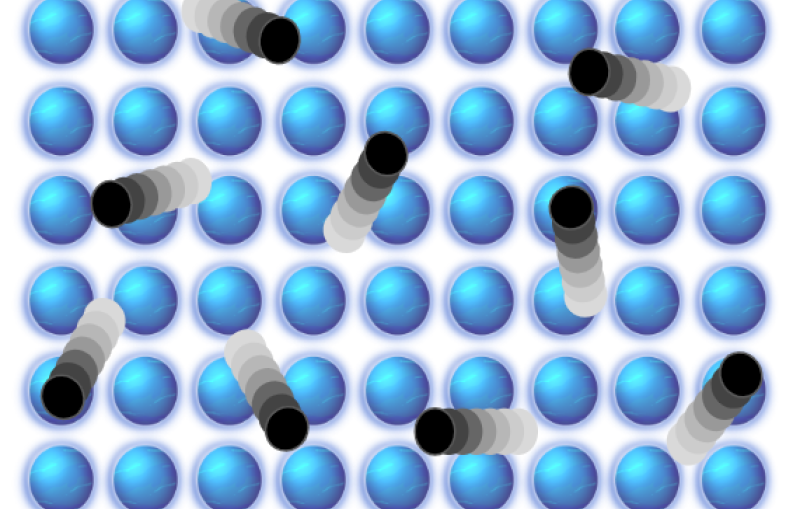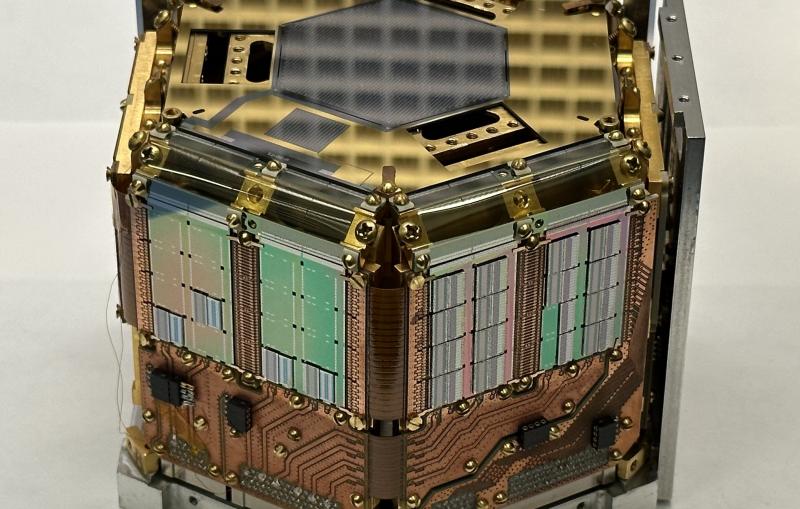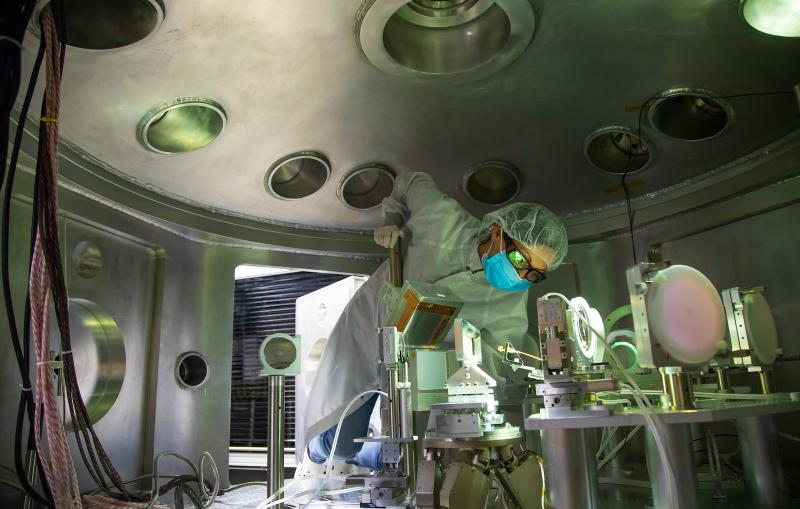Fermi Sees Record Gamma-ray Burst
A record-setting blast of gamma rays from a dying star in a distant galaxy has wowed astronomers around the world.
A record-setting blast of gamma rays from a dying star in a distant galaxy has wowed astronomers around the world. The eruption, which is classified as a gamma-ray burst, or GRB, and designated GRB 130427A, produced light with the highest energy ever measured from such an event.
The Large Area Telescope (LAT), operated by the SLAC National Accelerator Laboratory and Stanford University on NASA's Fermi Gamma-ray Space Telescope, recorded a gamma-ray with an energy of at least 94 billion electron volts (GeV), or some 35 billion times the energy of visible light, and about three times greater than the LAT's previous record for a GRB. The GeV emission from the burst lasted for hours, and it remained detectable by the LAT for the better part of a day, setting a new record for the longest-lived high energy gamma-ray emission from a GRB.
"Seeing this was very exciting," said Jim Chiang, a SLAC software developer who is a member and a former coordinator of the Gamma-ray Burst Science Group for the Fermi team.
"We saw four comparably bright bursts in the first year or so after Fermi's launch," Chiang said. "We thought, 'If we are going to see bursts at that rate in the coming years we're going to have a wealth of information to help us understand how gamma-ray bursts work.'"
But it has been more than 3 1/2 years since the LAT captured a similar event that approached the brightness of the latest gamma-ray burst, he noted.
Owing to the relative nearness of this burst and its long-lived afterglow emission, astronomers are now keeping a close watch for the emergence of a supernova in the direction of the GRB, as there is mounting evidence that gamma-ray bursts are directly associated with certain types of supernovae. These supernovae are likely to have special properties that enable them to produce GRB emission. The rich set of data that are being acquired for this exceptionally bright burst from ground-based and other satellite observations (in addition to Fermi) will improve our understanding of what's at work in gamma-ray bursts.
Read NASA's feature, Fermi, Swift See 'Shockingly Bright' Burst.
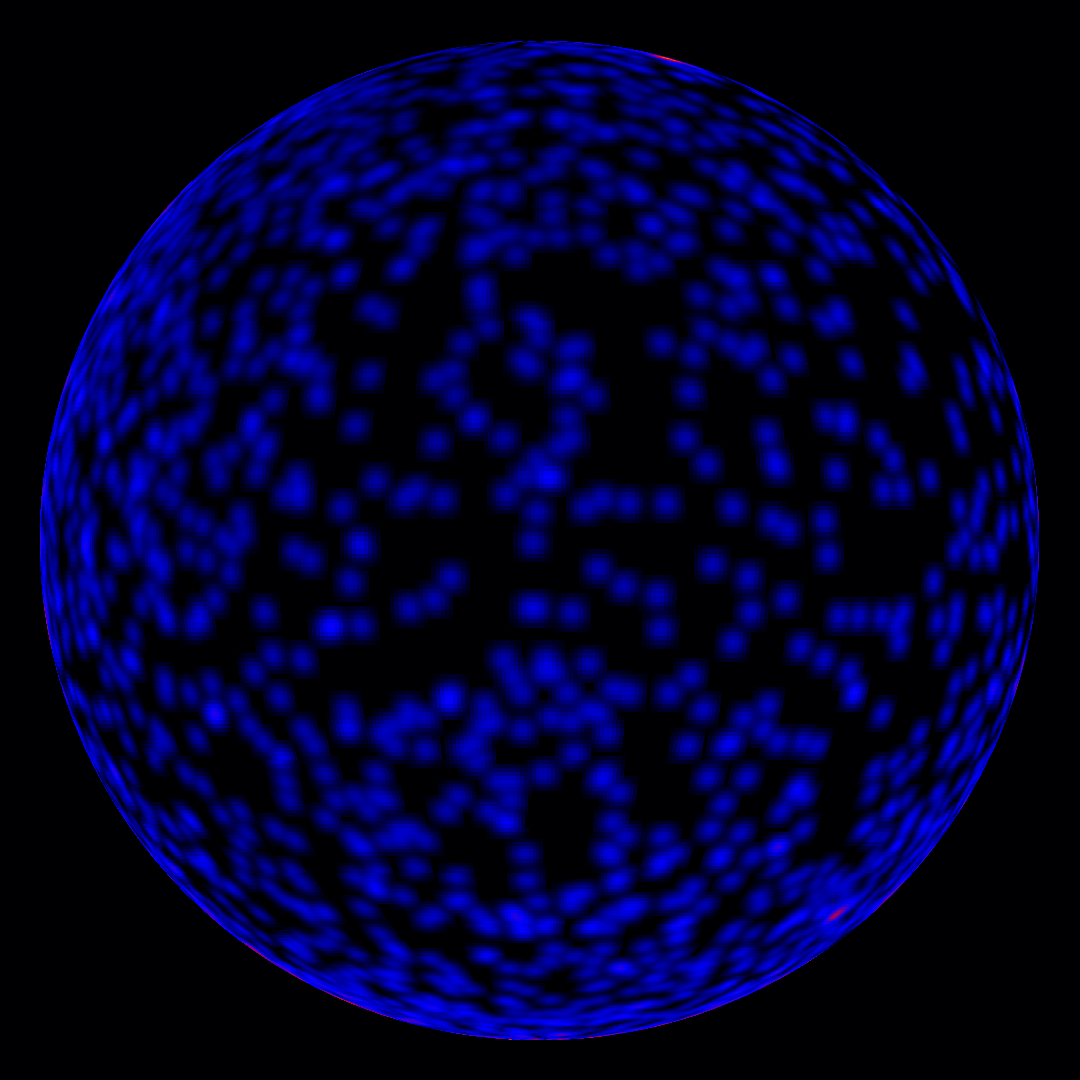
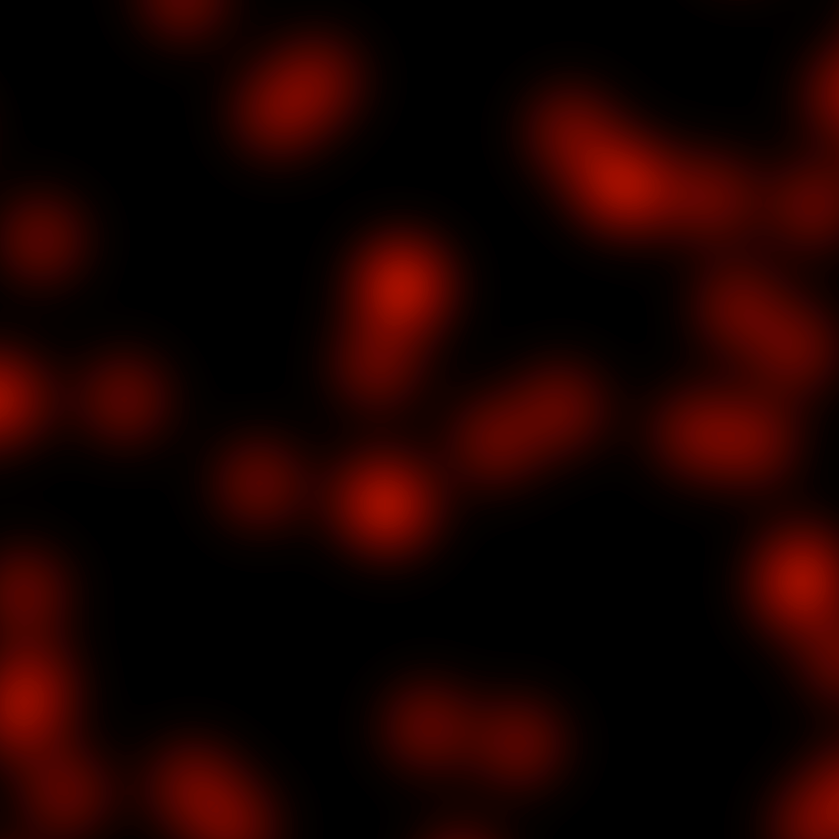
Contact
For questions or comments, contact the SLAC Office of Communications at communications@slac.stanford.edu.
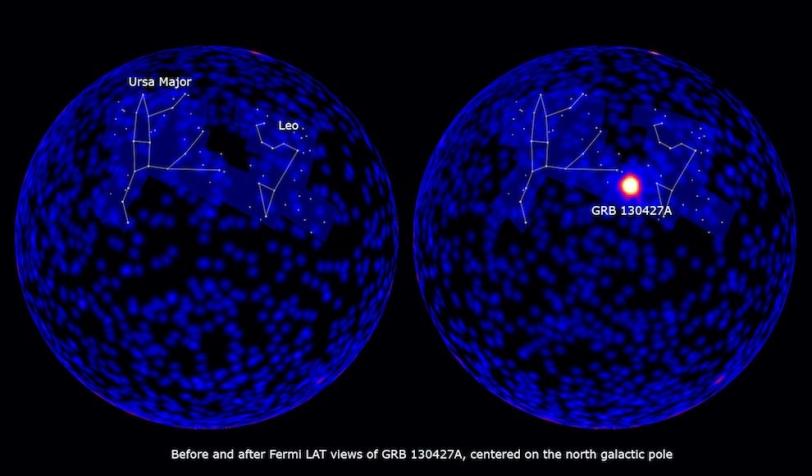
(Credit: NASA/DOE/Fermi LAT Collaboration)
